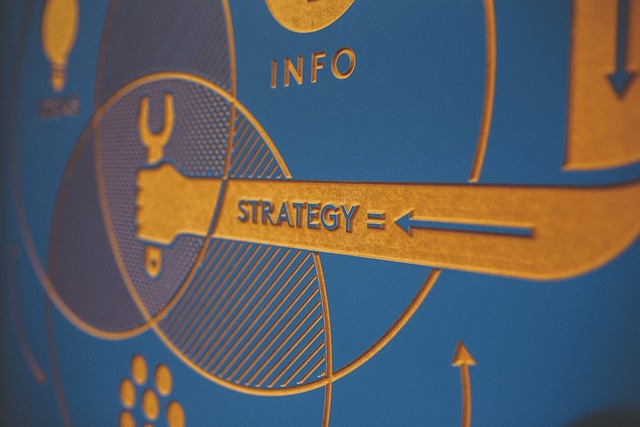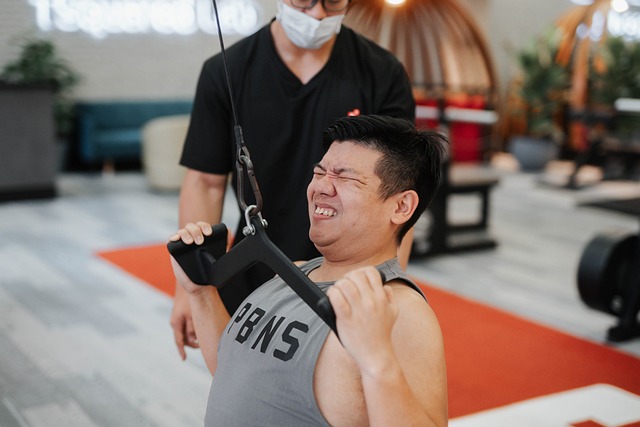In today’s dynamic fashion industry, leveraging AI in fashion for trend analysis and forecasting has revolutionized the way brands predict and respond to consumer preferences. AI-powered tools, combined with big data in the fashion industry, enable fashion retailers and designers to stay ahead of the curve. From predictive analytics in fashion to machine learning in fashion design, the integration of technology is shaping the future of apparel and accessories. Let’s explore how artificial intelligence is transforming this creative field.
The Role of AI in Fashion Trend Prediction
AI-driven fashion innovation has taken the industry by storm, offering tools that help predict trends based on data.
How AI Transforms Fashion Trends
Artificial intelligence uses advanced algorithms to analyze historical sales data, social media trends, and runway looks to predict upcoming fashion styles. Brands can utilize AI-powered trend forecasting tools to identify patterns that may go unnoticed by human analysts. This process helps businesses minimize risks, reduce overproduction, and align their collections with consumer demands.
For instance, platforms using machine learning in fashion design can process millions of images and suggest trending color palettes, fabrics, or silhouettes. As a result, designers gain valuable insights that influence their creative direction while staying connected to the pulse of the market.
Real-Time Fashion Trend Tracking with AI
Real-time trend tracking is another major breakthrough powered by AI. By monitoring social media mentions, hashtags, and influencers, AI can provide instant feedback on what’s trending globally. Retailers can respond quickly by updating their collections, ensuring they remain relevant to consumer preferences.
AI-driven analytics also assist in identifying emerging trends from unconventional sources, such as cultural movements or niche online communities, enabling brands to tap into fresh and innovative ideas.
AI Applications in Luxury Fashion and Retail
The luxury fashion segment has embraced AI to redefine exclusivity and personalization.
Predictive Analytics in Fashion
Predictive analytics helps luxury brands tailor their offerings to meet customer expectations. By analyzing customer data, AI tools can predict preferences, allowing brands to create hyper-personalized shopping experiences.
For example, AI in fashion retail management enables luxury stores to offer curated product recommendations, exclusive offers, and personalized styling advice. This not only enhances customer satisfaction but also builds stronger brand loyalty.
AI-Powered Fashion Retail Integration
From inventory management to supply chain optimization, AI is transforming fashion retail. AI helps businesses ensure their stores are stocked with the right products at the right time, avoiding overstocking or understocking.
AI-driven fashion retail integration also includes smart mirrors and virtual try-on tools that offer a seamless and interactive shopping experience, bridging the gap between physical and digital retail spaces.
AI and Sustainable Fashion
Sustainability has become a crucial focus for the fashion industry, and AI is playing a vital role in achieving these goals.
Sustainable Fashion with AI
AI-powered tools help brands adopt sustainable practices by optimizing fabric usage, reducing waste, and sourcing eco-friendly materials. For example, predictive models can estimate demand accurately, ensuring minimal surplus inventory.
Moreover, AI in textile design is helping manufacturers develop innovative fabrics that are both durable and environmentally friendly. Brands can also use AI to trace the origins of their materials, promoting transparency in their supply chains.
Data-Driven Fashion Trend Forecasting
Data-driven approaches powered by AI ensure that sustainability aligns with consumer preferences. By analyzing past trends and consumer sentiment, AI provides actionable insights into creating timeless, high-quality pieces that resonate with eco-conscious buyers.
The Future of Fashion with AI
As technology evolves, the possibilities for AI in fashion continue to expand.
Fashion Analytics with AI
AI analytics offer deep insights into customer behavior, enabling brands to make data-backed decisions. These insights help brands understand their audience’s needs and anticipate future demands.
AI Applications in Textile and Apparel Design
AI is also enabling designers to experiment with virtual prototypes and 3D modeling, reducing the time and costs associated with traditional design processes. This shift encourages faster innovation and allows designers to explore limitless creative possibilities.
Conclusion
AI in fashion for trend analysis and forecasting has revolutionized the industry by offering unparalleled insights and tools. From real-time fashion trend tracking to sustainable practices, AI continues to shape the way brands innovate and connect with consumers. As AI-driven fashion innovation progresses, the industry will see even more personalized, efficient, and sustainable approaches to design and retail, paving the way for a more inclusive and forward-thinking future.






